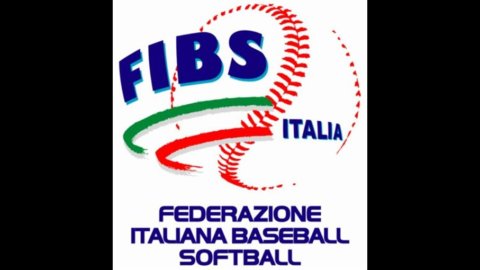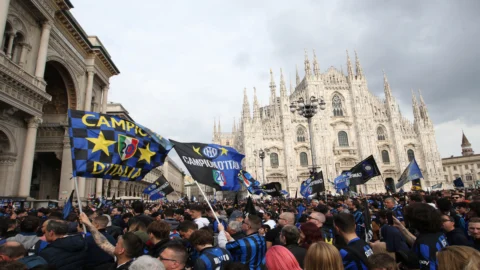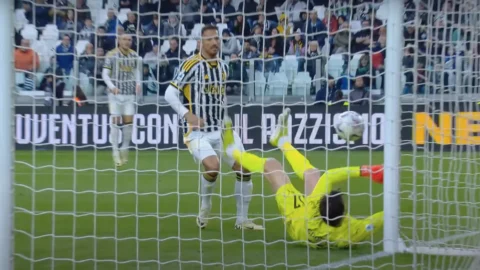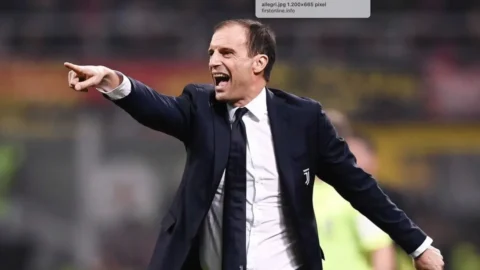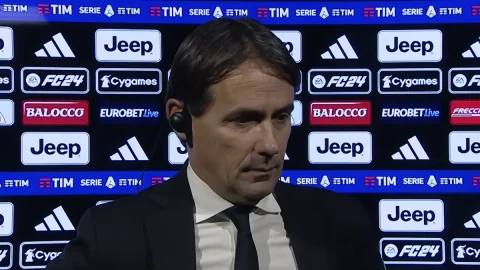The first weekend in April kicked off major league baseball. At the starting line eight teams, which will compete for the playoffs by July to attempt the final assault in August. At the starting line Nettuno, Rimini, Bologna, San Marino, Parma, Novara, Grosseto, Godo (Ravenna), represent the cream of a movement that in recent years, between the economic crisis and short-sightedness of companies, has not been able to grow at the pace of other disciplines. Just take a look at the geographical dislocation of the IBL (Italian baseball league, top division) clubs to realize that baseball, in Italy, at the top levels is little more than a regional championship.
During the contraction of the economic cycle, starting from 2008, the Italian batti e corri began to suffer often unsustainable blows: the vast majority of companies rely on sponsors and the decline in corporate profits has also reduced the ability of companies to finance amateur sports clubs. In fact, Italian baseball is not a professional discipline, for several reasons: the championship is seasonal (it is played only in spring and summer), the salaries are on average very low (a player in the top flight hardly earns more than 2000-3000 euros a month) , athletes rarely bet their careers on a business that pays a salary even half a year.
The only ones who make baseball their means of survival are the foreigners who are imported by the companies and paid with the "capitals" made available by the sponsors. But they are almost never high-level figures: they are often former players of the US or Central American leagues (Dominican Republic, Venezuela, Colombia), old promises who, once they have attempted the path of professionalism with stars and stripes, have continued to make baseball their job, in the vain search for a second chance to make it big at the top level or, much more often, because they had no other means of survival. They spend the best years of their lives around the world, wandering according to the seasons (when it's winter in Europe they play in leagues in the other hemisphere and vice versa), they have no pension contributions or work insurance. The human reality of Italian baseball is therefore very varied: ranging from the young American who comes to Italy for a long sports holiday to the Dominican with no certainty about his future, with a family and several children to support in his native land.
Then there is the old glory of the Major Leagues (increasingly rare to see on our diamonds), who spends his last pitches or rounds of the bat between a plate of lasagna and a lazy and distracted workout. Then there are the natives: the players who only have a passport as Italian. The national team is filled with it, while in the clubs things go differently: according to federal regulations, a certain number of "athletes of the Italian school" must play in each team, to ensure that the movement resumes producing talent.
The reason for the decline in Italian baseball over the last thirty years is precisely this: too often the clubs have invested their funds in American or Central American players with an Italian passport, to raise the technical level of the team in the short term to the detriment of young people who grew up locally, therefore relegated to the minor leagues without the possibility of growth. It is curious how, in Italian baseball, it has always been the players who have come and gone, while the presidents and coaches of the clubs have always had very little pressure from the side of foreign competition. Today it would seem that there is very little flexibility in terms of exit, as regards the upper floors of the Italian baseball clubs.
Little investment in home-grown talent has led to the current situation: a top-flight championship where stadiums fill up only during the finals. On average, the stands host one to two hundred people in each triptych (three games are played over the weekend). Despite everything, there is some positive news: Federbaseball has opened an academy in Tirrenia (seaside town near Livorno), where it gathers the best talents and gives them the opportunity to grow and train as they do in the best American colleges. Thanks to this structure, some athletes have had the opportunity to measure themselves at the highest levels. Only one of them, Alex Liddi, was successful and is now regularly enlisted in the Seattle Mariners roster.
But this is an isolated case. Italian baseball reached its peak between the 60s and 80s, with characters like Giulio Glorioso or "Toro" Rinaldi, but then embarked on a long road of decline made up of easily spent money and little development strategy: investing in good coaches for the academies would have resulted in lower immediate costs and more local talent in the long run, guaranteeing a constant and low-cost growth of the movement, as well as greater roots in the social fabric and, therefore, more spectators. An attempt has been made in recent years to revive the fortunes of Italian baseball: that of involving the pro American leagues in a sort of "Marshall plan" for the kick and run of the boot, but it was an attempt planned from above , of those that rarely succeed in the absence of a collective awareness on the part of the movement.
There was talk of building a new stadium in Rome to host the big names in American baseball, of synergies with the greats from overseas. Apart from some sporadic results with the national team (in international competitions in which the best do not compete but only second-level athletes), the good intentions remained on paper. The recession then did the rest. For the record, the ranking sees San Marino and Bologna in the lead, followed by Rimini, Godo, Pama in the playoff area, while Nettuno, Grosseto and Novara close the ranking with five and six games away, respectively, from the leaders.

